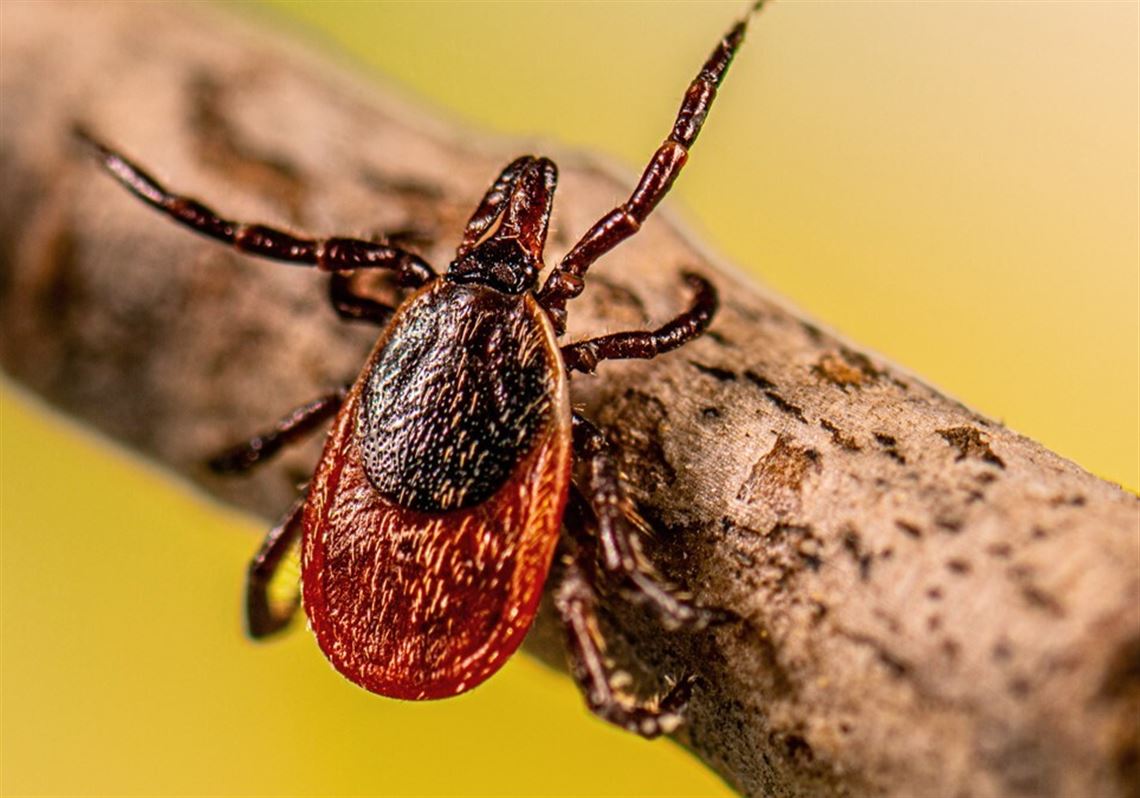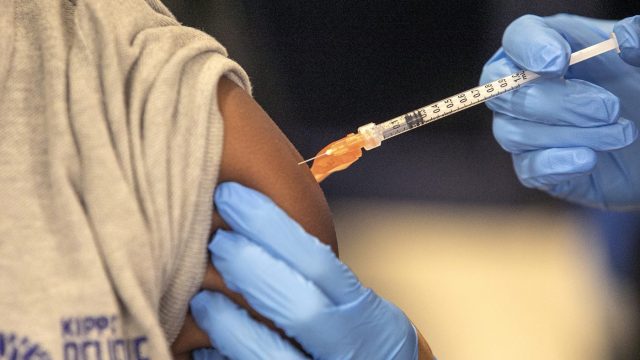Silent Predators: Beyond Lyme, the Tick Threat Lurking in Western Pennsylvania

Unveiling the Hidden Dangers: Pittsburgh's Urban Wildlife and Pest Landscape
Welcome to our ongoing exploration of the creepy, crawly, and sometimes dangerous inhabitants that share our urban ecosystem. In this latest installment of our Pittsburgh Pests series, we dive deep into the world of local insects and creatures that not only intrigue but potentially threaten the health and well-being of our community.
From tiny disease-carrying insects to stealthy urban wildlife, our region hosts a fascinating array of organisms that demand our attention and understanding. Join us as we uncover the secrets of these often-misunderstood inhabitants and learn how to protect ourselves and our families from their potential risks.








